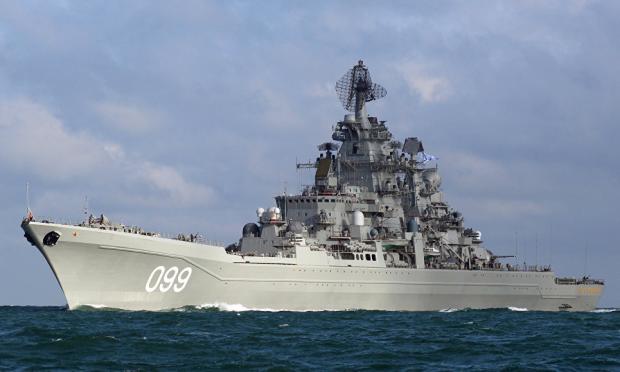Today, early in the morning in the Black Sea, after leaving the Bosphorus Straits, three maritime drones attacked the Russian Project 18280 reconnaissance ship "Ivan Khurs". The sailors managed to successfully repel the attack and the ship was not damaged.
According to the Rybar telegram channel, the Russian ship was attacked at 5:30 Moscow time, 40 nautical miles north of the Bosphorus.
"The attack on the reconnaissance ship 'Ivan Khurs' by navy drones took place after crossing the Bosphorus 40 nautical miles north of it, in the southern part of the Black Sea," it says.
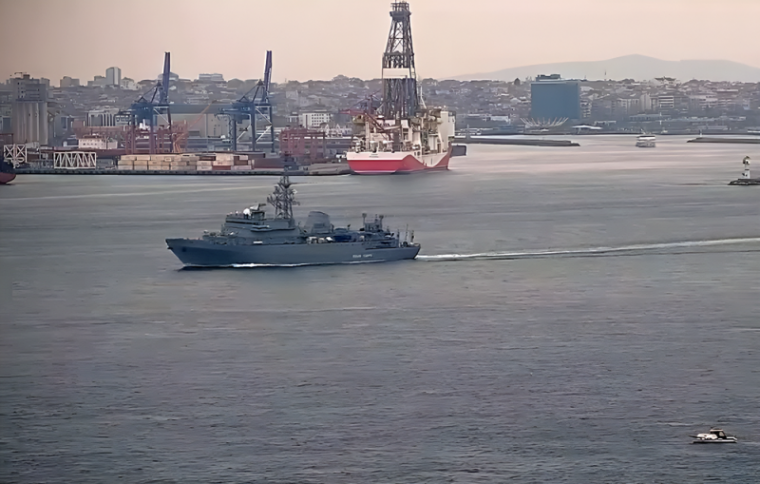
"Ivan Khurs" is the most modern reconnaissance ship of the Russian fleet today. It performs the tasks of providing communications, fleet management, conducting radio intelligence and electronic warfare, and is also able to monitor the operation of the US missile defense system.
The ship's equipment detects radio signals in all frequency ranges and determines the location of their source.
A new development in the field of military technology, corrected Krasnopol guided munitions, designed for use with unmanned aerial systems, has successfully completed the stage of trial operation. This was stated by representatives of the company High Precision Systems, in an interview with TASS correspondents.
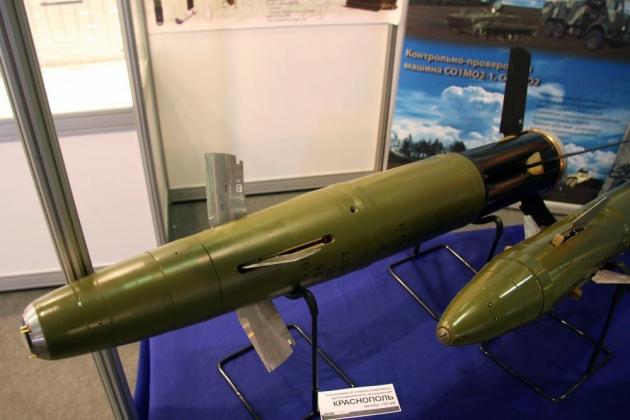
According to the source, the guided munitions are aimed at the target via a laser. The correction of the flight path is carried out in the final stage of the flight, with the help of retractable aerodynamic rudders. At the same time, Krasnopol is produced in two versions of 152 and 155 mm calibers, with a target range of about 20-25 kilometers.
It is interesting to note that, there is a satellite navigation version of this munition. This version of the ammunition is designed to hit stationary targets with known coordinates and does not require target illumination, which greatly simplifies its use.
Undoubtedly, the focus in May is the "duel" between Russia's Kinzhal hypersonic missile and the Patriot anti-aircraft missile system, supplied by the US to Ukraine. At least according to the two countries, these two weapons platforms "met" on May 16.
According to foreign media, Moscow has increased production of Kinzhal. This happened long before May 16th. In May, Russia had 80 Kinzhal missiles, and in January 50 of these missiles. This means that in February, March and April, Russia produced 10 missiles each month. The assessment of the availability of the Kinzhal by Russia in January and May was made public by Ukrainian Defense Minister Reznikov.
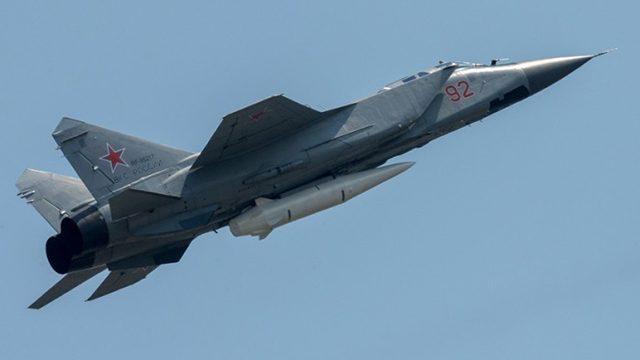
Russia over the years has produced many 9M723 missiles, which are launched by the Iskander ballistic missile system. That is, these systems are put into operation quickly because they have ready-made missiles, produced in the last two decades. Thus, Kinzhal becomes priority production at the expense of 9M723.
Russia has a large quantity of the MiG-31 fighter. That is, Russia can quickly and continuously deliver MiG-31s and their armament requires the Kinzhal, (it is said that just over 500 MiG-31s have been produced). At least half are in Russia's stockpile. However, it remains unclear how many of them are operationally ready or usable.
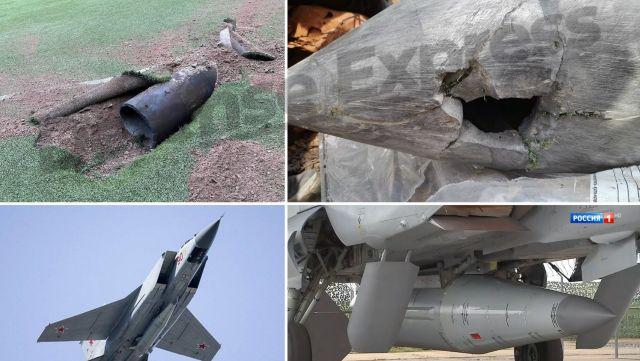
Russia claims it destroyed the Patriot air defense system. Ukraine claims that, the system is not completely destroyed but partially (according to sources, it has already been repaired, but this information remains in the realm of speculation). Ukraine also claims that, before its Patriot was destroyed, the system shot down at least six Kinzhal missiles.
Each of these claims remains in the realm of speculation, due to propaganda information from both sides of the war, Russia and Ukraine. Propaganda is one of the main weapons during a war.


